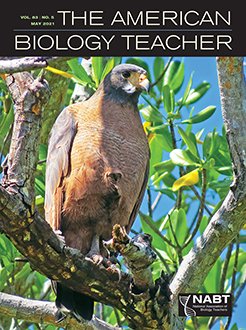Plastic pollution is ubiquitous and there is growing concern about its consequences. Given that current research findings often reach the public insufficiently, the issue should be addressed at school. To create a fruitful learning experience, we propose three associated hands-on, inquiry-based learning activities that require little equipment. Students learn about the origins and properties of plastics, investigate everyday sources, learn about recycling, address and reflect upon the material's (dis)advantages, and are encouraged to consider solutions. All activities align with the Next Generation Science Standards and are primarily designed for the middle school classroom; we further provide modifications for elementary and high school settings.
How to translate text using browser tools
3 June 2021
Plastic Pollution: Learning Activities from Production to Disposal – from Where do Plastics Come & Where do they Go?
Tessa-Marie Baierl,
Franz X. Bogner
ACCESS THE FULL ARTICLE
It is not available for individual sale.
This article is only available to subscribers.
It is not available for individual sale.
It is not available for individual sale.

The American Biology Teacher
Vol. 83 • No. 5
May 2021
Vol. 83 • No. 5
May 2021
hands-on
inquiry-based
Microplastics
plastic pollution
recycling
sustainability




